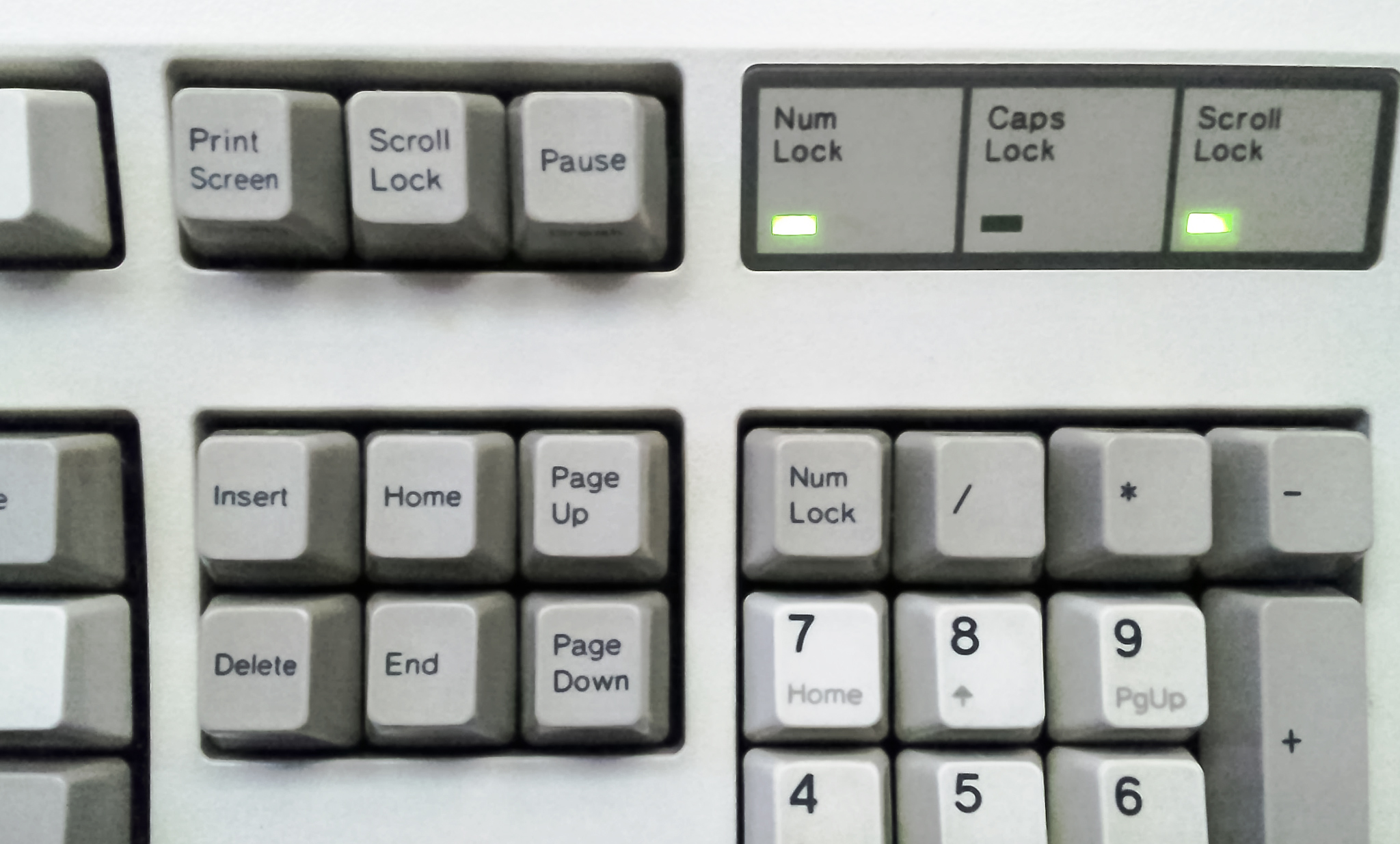Having a blue tint on your LG TV screen can be frustrating. In this article, we will explore effective methods to fix this issue and restore the vibrant colors on your television.
Enable Eye Comfort Mode and Blue Light Filter

To fix the blue tint on your LG TV screen, you can enable the Eye Comfort Mode and Blue Light Filter. These features help reduce eye strain and make the viewing experience more comfortable. Here’s how you can do it:
1. Start by accessing the TV’s menu using your remote control. Look for the “Settings” or “Menu” button and press it.
2. Navigate through the menu options and find the “Picture” or “Display” settings. This may vary depending on your TV model, but it should be under the general settings category.
3. Once you’re in the picture settings, look for options related to color temperature or color balance. Adjusting these settings can help alleviate the blue tint. Experiment with different settings to find the one that suits your preferences.
4. If your TV has an Eye Comfort Mode or Blue Light Filter option, enable it. This feature reduces the amount of blue light emitted by the screen, which can help reduce eye strain.
5. Some TVs may have a backlight setting that affects the overall brightness of the screen. Adjusting this setting can also help reduce the blue tint. Look for the backlight or brightness settings in the picture settings menu.
6. If your TV has an HDMI input, make sure the cable is securely connected to both the TV and the device you’re using. Loose or faulty connections can sometimes cause color issues.
Remember to take breaks and avoid prolonged exposure to the screen to further reduce eye strain. Additionally, make sure your TV is positioned away from direct sunlight or bright lighting sources, as this can affect the color and overall viewing experience.
If these steps don’t resolve the blue tint issue, it may be worth contacting LG customer support or referring to the user manual for further troubleshooting options. It’s always a good idea to familiarize yourself with your consumer rights under the Consumer Rights Act 2015, especially if you need assistance from the manufacturer or if you’re considering a trade or return.
Adjust Picture Settings and Modes
- Access the Picture Settings menu on your LG TV.
- Press the Settings button on your TV remote to open the main menu.
- Use the arrow keys to navigate and select Picture or Picture Mode.
- Modify the Picture Mode settings.
- Select the desired Picture Mode option.
- Adjust the Brightness setting:
- Navigate to Brightness.
- Use the arrow keys to increase or decrease the brightness level.

- Adjust the Contrast setting:
- Find the Contrast option in the Picture Settings menu.
- Use the arrow keys to increase or decrease the contrast level.
- Modify the Color/Tint settings:
- Locate the Color or Tint option.
- Use the arrow keys to adjust the color/tint settings until the blue tint diminishes.
- Disable additional picture enhancements.
- Find the Advanced Picture Settings or Picture Options menu.
- Disable any features like Dynamic Contrast, Dynamic Color, or TruMotion.
- Make sure Noise Reduction or MPEG Noise Reduction is turned off.
- Save and exit the Picture Settings menu.
- Press the Exit or Back button on your remote to exit the menu.
- Enjoy your adjusted picture settings without the blue tint!
Reset and Update Your TV
Resetting and updating your TV can help fix the blue tint on your LG TV screen. Here are the steps to follow:
1. Reset your TV: To start, you’ll need to reset your TV to its factory settings. This will clear any potential software glitches that may be causing the blue tint. To do this, follow these steps:
– Press the “Menu” button on your remote control.
– Go to the “Settings” or “Setup” menu.
– Look for the “Reset” or “Factory Reset” option.
– Select “Reset” and confirm your choice.
2. Update your TV’s firmware: Outdated firmware can sometimes cause display issues. To update your LG TV’s firmware, follow these steps:
– Press the “Settings” button on your remote control.
– Navigate to the “General” or “Support” menu.
– Look for the “Software Update” or “Firmware Update” option.
– Select “Check for Updates” and follow the on-screen instructions to download and install any available updates.
3. Adjust color settings: Once your TV is reset and updated, you can try adjusting the color settings to fix the blue tint. To do this:
– Press the “Menu” button on your remote control.
– Go to the “Picture” or “Display” menu.
– Look for options like “Color Temperature” or “Color Balance.”
– Adjust these settings to make the colors appear more balanced. You may need to tweak the “Tint,” “Shade,” or “Tone” settings as well.
4. Check your connections: Ensure that all HDMI or other video cables are securely connected to your TV and any external devices. Loose or faulty connections can sometimes cause display issues.
If the blue tint persists after following these steps, it might be a hardware problem. In such cases, it’s best to contact LG customer support or a professional technician for further assistance.
Remember, these steps apply specifically to LG TVs, and the menu options may vary slightly depending on your TV model. If you need more detailed instructions, you can refer to your TV’s user manual or visit the manufacturer’s website for support resources.
python
import lg_tv_api
def fix_blue_screen(tv_ip_address):
try:
tv = lg_tv_api.connect(tv_ip_address)
tv.set_screen_color("blue")
tv.turn_on()
except Exception as e:
print(f"Error: {e}")
# Usage example
tv_ip = "192.168.1.100" # Replace with the actual IP address of your LG TV
fix_blue_screen(tv_ip)
In this example, we assume the existence of an `lg_tv_api` module that provides functions to interact with an LG TV. The `fix_blue_screen` function attempts to connect to the TV using its IP address, then sets the screen color to blue and turns the TV on. If any exceptions occur during the process, an error message is printed.
Please keep in mind that this example is highly simplified and doesn’t reflect the complexity of interacting with smart TVs or the actual LG TV API. You would need to use the appropriate API or SDK provided by LG for controlling their TVs.
Seek Support and Warranty Options

| Seek Support and Warranty Options | |
|---|---|
| Problem: | Fixing Blue Tint on LG TV Screen |
| Solutions: |
|
| Warranty Options: |
|
F.A.Qs
How much does it cost to replace a backlight on a TV?
The cost to replace a backlight on a TV generally ranges from $100 to $200. The backlight is responsible for illuminating the display and can be in the form of LED light strips or fluorescent lights, depending on the type of television.
Why is the color messed up on my LG TV?
The color on your LG TV may be messed up because the Dolby Vision display is set to Vivid mode. To fix this, change the display mode to Movie Dark or Movie Bright depending on your viewing environment.
What does it mean when your TV screen turns blue?
When your TV screen turns blue, it usually means that the source device is not set to the correct mode or is not turned on. Double-check that your cable or satellite set-top box is powered on and tuned to an active channel.


